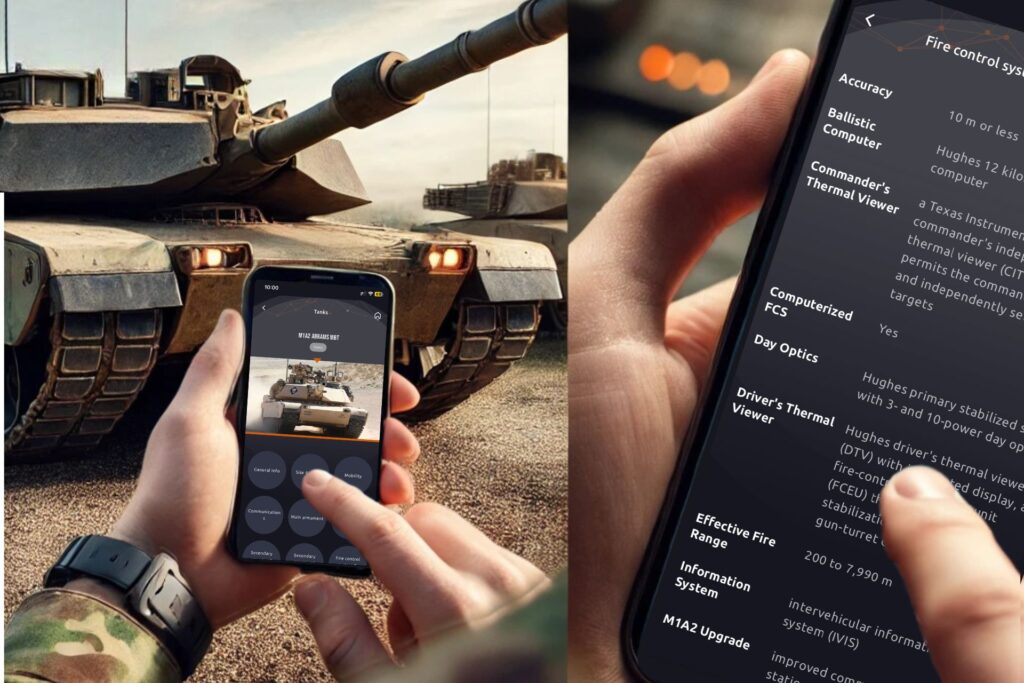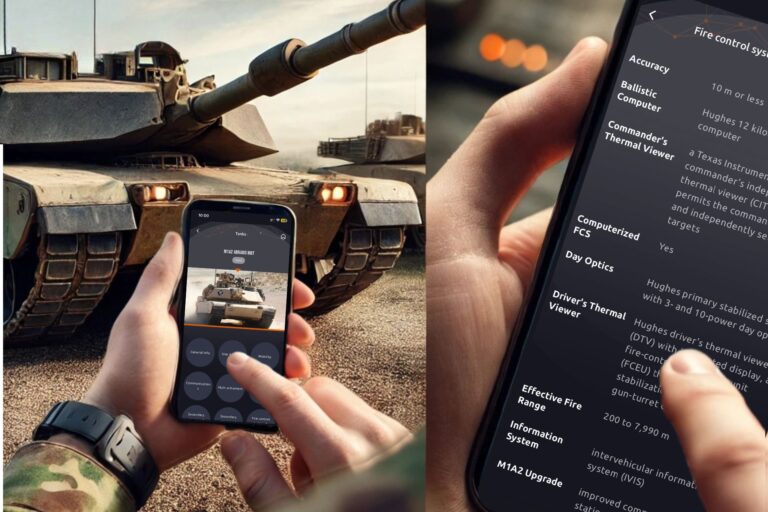Initially perceived by Russia as a swift operation, the war has evolved into a prolonged and intense confrontation, unveiling the challenges of Russia’s underestimated initial engagement and Ukraine’s unexpected resilience, supported by NATO’s supply of military equipment. This positional warfare has underscored the strategic importance of drones of all sizes, from high-altitude attack drones to mini-drones acting as roaming munitions. These technologies have enabled precise adjustments in artillery operations and played a crucial role in curtailing enemy advancements through enhanced surveillance and engagement.

The rising prominence of drones has not only been pivotal in the Ukrainian context but has also reflected in other recent conflicts, fundamentally altering traditional military operations. This trend raises concerns about the vulnerability of heavy armors, like tanks, now highly susceptible to drone attacks. Proposed modernizations should include enhanced protection for these vehicles, including the development of drone systems for missile defense and remote operation to minimize crew risks.
Moreover, integrating AI into decision-making processes of command and control promises to expedite and refine military responses. AI is set to transform the art of warfare, affecting every dimension of combat from underwater to outer space, integrating cybernetics and the full electromagnetic spectrum. In the short term, it will improve strategy, operational planning, tactical maneuvers on the ground, and logistical support, enhancing the speed and efficiency of target neutralization while reducing collateral damage.
The MEGA-Army app perfectly illustrates the practical integration of AI in military operations. By identifying and analyzing military equipment through image recognition, MEGA-Army delivers actionable intelligence on the battlefield in real time. Users can capture or upload photos of military equipment, which AI then processes to identify types, origins, capabilities, and other relevant data. This tool is particularly useful in reconnaissance missions, training scenarios, and real combat situations, where rapid and precise identification of military equipment can significantly influence tactical decisions and operational outcomes.
AI and robotic military systems have become essential for intelligence, surveillance, and reconnaissance, enabling advanced data analysis and processing. These technologies facilitate target identification and tracking, optimize response systems, and enhance decision-making quality.
In conclusion, the integration of artificial intelligence and robotics into military operations, as exemplified by tools like the MEGA-Army app, represents a revolutionary shift in contemporary conflict management. AI technologies dramatically transform combat strategies, offering precise reconnaissance and engagement capabilities previously unimaginable.
As the Russo-Ukrainian conflict continues to demonstrate the effectiveness of these technologies on the ground, it is imperative for nations to continue investing in these areas to remain competitive on the global stage. AI and robotics systems not only shape current battlefields but also redefine the principles of future warfare. Thus, the race for military technological innovation, including the adoption and continuous improvement of AI, becomes a central issue for global security and military supremacy.




